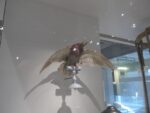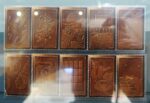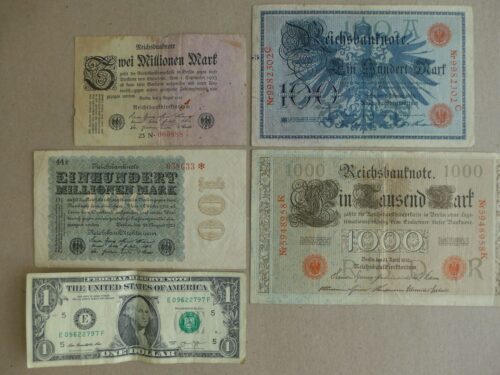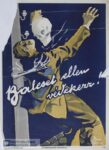Oy, so much art out there, who has the time? This was a really good exhibition at the Clark in Massachusetts (next stop: Louvre) that I highly recommend on a mixed-race artist from Guadeloupe named Guillaume Lethière (1750-1832) who was one of the most successful and prominent painters in Napoleonic France and since then almost completely forgotten in except in the Caribbean. Legally speaking he was a slave, although not in practice, since under the laws of the time all children of enslaved women were slaves. It wasn’t until age 39 that he was legally recognized as his father’s heir.

The most interesting, though, were a few works by other creoles or depicting creole political and political figures who were important in the respective revolutions in Haiti and France. They seemed a bit haphazardly tosssed in for context and a better exhibition would have been about all these Caribbean-mainland connections instead of just Lethière since the fact is he’s not that great a painter. He doesn’t really need his own exhibition, which could explain why this is his first-ever solo show.
Continue reading “I look at art so you don’t have to! – Guillaume Lethière at the Clark”




































